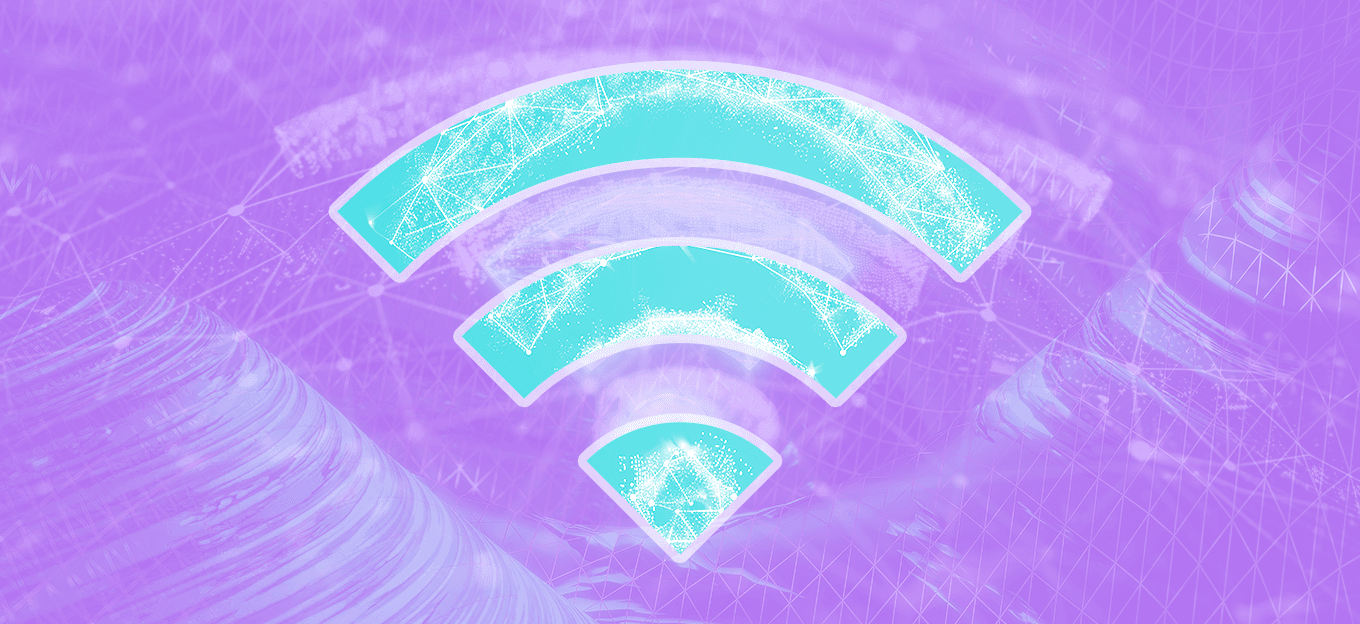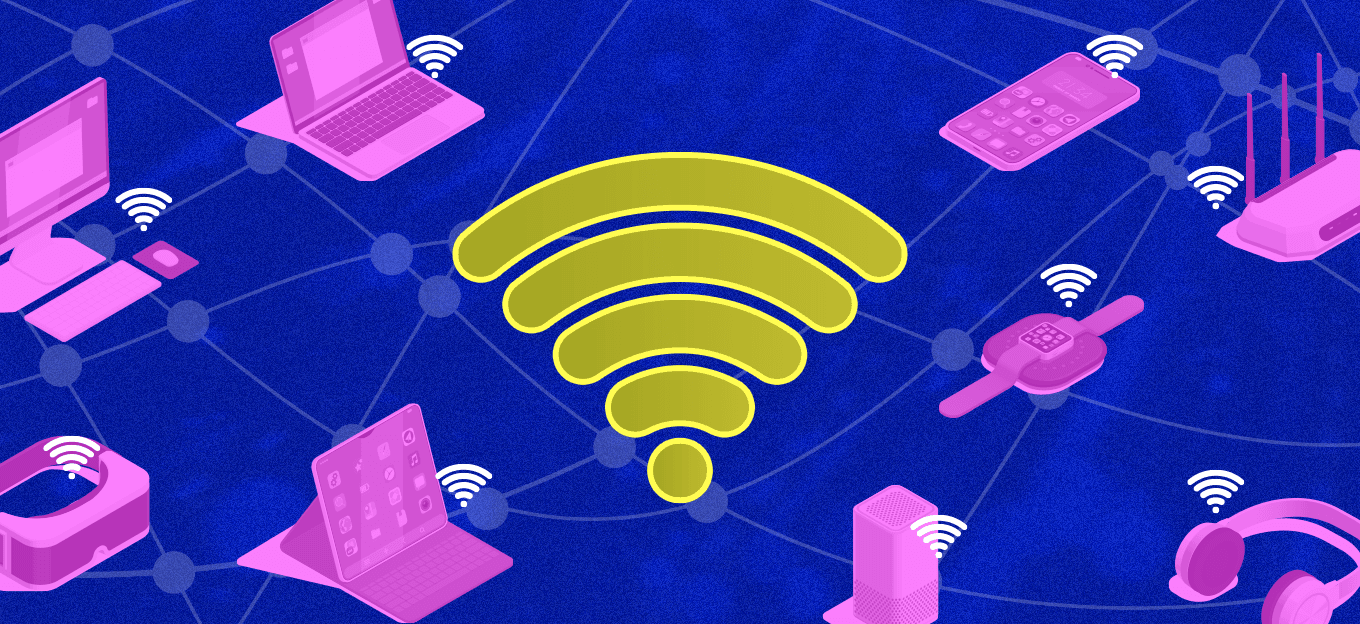Wi-Fi 7 Poised to Bring Higher Performance, Innovation, Improved User Experience for IoT and Edge AI
Wi-Fi 7 Poised to Bring Higher Performance, Innovation, Improved User Experience for IoT and Edge AI
- Last Updated: August 7, 2025
Synaptics
- Last Updated: August 7, 2025



It’s no secret that the global Internet of Things (IoT) landscape is experiencing exponential growth, with the number of connected devices projected to increase from 16.6 billion in 2023 and potentially surpassing 40 billion by 2030. This surge is driven by advancements in Edge artificial intelligence (AI), smart home automation, smart infrastructure, and industrial automation, all of which demand robust, low-latency, and high-throughput wireless connectivity.
Officially certified by the Wi-Fi Alliance on January 8, 2024, Wi-Fi 7 (IEEE 802.11be), is the latest evolution in wireless networking, and has emerged as a pivotal connectivity technology designed to meet these escalating requirements, offering significant enhancements over its predecessors.
What Wi-Fi 7 Brings to the Table
Wi-Fi 7 introduces several key technical innovations that collectively enhance performance and reliability:
- Multi-link operation (MLO): Allowing devices to simultaneously transmit and receive across multiple frequency bands (2.4 GHz, 5 GHz, and 6 GHz), reducing latency and improving reliability.
- 4K QAM (quadrature amplitude modulation): Increasing data rates by encoding more bits per symbol.
- Puncturing: Enhancing spectrum efficiency by enabling the use of fragmented channels.
- Enhanced Coordinated OFDMA Resource Allocation that allows for improved trigger-based scheduling for both uplink and downlink traffic and better coordination among access points, home gateways, and wireless routers.
These advancements are particularly beneficial for IoT and Edge AI applications, where devices such as smart sensors, autonomous robots, and real-time monitoring systems require consistent and rapid data exchange. The reduced latency and increased bandwidth facilitate more responsive and efficient operations, which are essential for applications such as predictive maintenance, real-time analytics, and autonomous navigation.
Turbo Charging Connectivity for Edge AI
Wi-Fi 7 promises to deliver peak theoretical speeds of over 40 Gbps, but its actual value lies in how it enables high-throughput, low-latency, high-density connectivity. This is a critical advancement for Edge AI applications that rely on rapid, context-aware decision-making at the device level—such as robotic vision, real-time sensor fusion, predictive maintenance systems, and advanced environmental monitoring. These applications demand wireless links with not only higher bandwidth, but also ultra-low latency, minimal jitter, and reliable performance in congested environments. Wi-Fi 7’s technological foundation addresses these needs through the enhancements embedded in the standard.
These capabilities represent a paradigm shift for developers building IoT and Edge AI solutions. Devices like smart cameras, intelligent lighting systems, and connected health monitors can now operate more efficiently, with faster response times and less reliance on cloud-based backhaul. In dense deployments, such as smart buildings or urban infrastructure, Wi-Fi 7's ability to maintain high throughput even in spectrally crowded environments significantly enhances scalability.
For example, MLO not only boosts raw data rates by combining 2.4, 5, and 6 GHz bands but also enhances reliability by allowing devices to dynamically switch to the most stable band. This is crucial for mission-critical applications such as drone navigation, warehouse automation, or real-time industrial safety systems.
For end-users of IoT and AI-enabled smart devices, Wi-Fi 7 brings more than just improved connectivity—it unlocks seamless, immersive, and intelligent experiences. Voice assistants become more responsive, AR/VR environments more stable, and smart home interactions more intuitive and synchronized.
This is enabled not just by speed, but by latency reduction to under 2 milliseconds in optimized conditions, enabling near-instantaneous communication between sensors, actuators, and cloud or Edge compute nodes. Furthermore, higher capacity and quality of service (QoS) features enable robust performance even in homes or facilities with a high density of connected devices.
Another frontier Wi-Fi 7 will strengthen is Wi-Fi Sensing—a novel application where the wireless signal itself is used for presence detection, motion tracking, and spatial awareness. By measuring the subtle changes in Wi-Fi signals caused by movement in an environment, devices can derive context without the need for cameras or microphones. This opens up a range of new applications: elder care monitoring, gesture-based user interfaces, fall detection, energy optimization, and even non-intrusive security systems.
With Wi-Fi 7’s higher resolution and reduced latency, the fidelity of Wi-Fi sensing is greatly enhanced, making it even more viable for commercial deployment.
What to Look for in Wi-Fi 7 Solutions
Selecting the right Wi-Fi 7-enabled solutions for IoT and Edge AI requires careful consideration of chipset selection. Developers should look for solutions that do the following:
- Support multi-band, concurrent operation (including MLO),-Deliver optimized and scalable performance for low-power embedded systems, not just high-throughput applications;
- Provide integrated hardware acceleration for security and AI workloads;
- Ensure the highest reliability as end users expect seamless, secure, and always-on connectivity—any lapses can lead to poor experiences that damage a brand’s reputation. With the advent of Wi-Fi 7, manufacturers can deliver even greater reliability, range, and interference resilience, ensuring their devices perform consistently in demanding environments;
- A roadmap for the future of Wi-Fi, as we look ahead to Wi-Fi 8 and beyond.
Operating in a Heterogeneous Connectivity World
While Wi-Fi 7 expands on the capabilities of this widely used protocol, in real-world applications, devices rarely operate in isolation; they must coexist and interact across heterogeneous networks. Thus, multi-protocol support is vital.
Developers should look for a Wi-Fi 7 chip that includes tri-radio capability (Wi-Fi, Bluetooth, Zigbee/Thread) enables seamless communication between high-bandwidth streams (e.g., video over Wi-Fi) and control signaling (e.g., device pairing or status reporting via BLE or Zigbee). As Matter, the emerging smart home interoperability standard, gains traction, the ability to bridge these protocols becomes a key competitive differentiator.
Wi-Fi 7 and Beyond
Wi-Fi 7 marks a pivotal milestone in the evolution of wireless networking for the Edge. It is not just a standard for faster internet—it's an enabler of next-generation intelligence, responsiveness, and contextual awareness. For developers, this translates to unprecedented design flexibility and new application frontiers. For end users, it means devices that are smarter, faster, and more in tune with the world around them.
As adoption accelerates and chipset availability broadens, Wi-Fi 7 will not only define the next wave of IoT connectivity—it will also catalyze the next generation of Edge AI experiences.
The Most Comprehensive IoT Newsletter for Enterprises
Showcasing the highest-quality content, resources, news, and insights from the world of the Internet of Things. Subscribe to remain informed and up-to-date.
New Podcast Episode

Moving Past the Pilot Phase in IoT and AI
Related Articles

